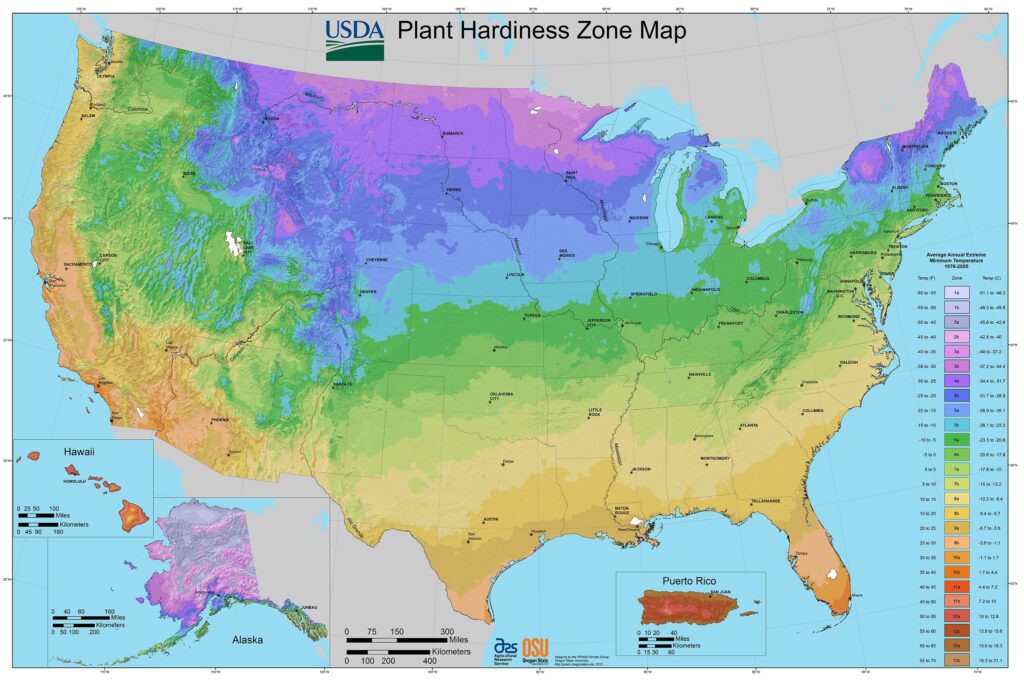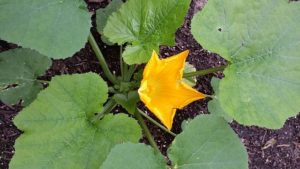Zinnias are beloved annual flowers known for their vibrant colors, long-lasting blooms, and easy-growing nature. Whether you’re a beginner gardener or a seasoned pro, these cheerful flowers are a delightful addition to any garden. In this comprehensive guide, we’ll explore everything you need to know about growing and caring for zinnias to ensure they thrive in your garden.
Best Zinnia Varieties
| Image | Name | Rating | Shop |
|---|---|---|---|
 | Zinnia Seeds |  | |
 | Zinnia Elegans Lilliput Flower Seed Mix |  | |
 | Crazy Blend Zinnia Seeds |  | |
 | Zinnia Super Cactus Mix |  |
Zinnia Hardiness Zones
Zinnias are versatile plants that can be grown in USDA hardiness zones 3 to 10, making them suitable for a wide range of climates. Whether you’re planting them in the cool north or the warm south, zinnias are sure to brighten up your garden with their dazzling display of colors.
How Much Sun Do Zinnias Need
One of the key factors in successfully growing zinnias is providing them with plenty of sunlight. These sun-loving plants thrive in full sun, so be sure to plant them in a location where they’ll receive at least 6 to 8 hours of direct sunlight per day.
Zinnia Soil Requirements
Zinnias prefer well-draining soil that is rich in organic matter. Before planting, amend your soil with compost or well-rotted manure to improve its texture and fertility. Avoid heavy clay soils, as they can cause waterlogged conditions that may lead to root rot.
Zinnia Soil pH
Maintaining a neutral soil pH of around 6.0 to 7.0 is ideal for zinnias. If you’re unsure of your soil’s pH, you can easily test it using a soil testing kit available at most garden centers.
Zinnia Plant Spacing
When planting zinnias, space them approximately 1 to 4 feet apart, depending on the variety. Proper spacing allows the plants to grow and spread without overcrowding, which can lead to poor air circulation and increased risk of disease.
Zinnia Water Requirements
While zinnias are somewhat drought-tolerant once established, they still require regular watering, especially during dry periods. Water deeply at the base of the plants to encourage strong root development, and avoid overhead watering, as wet foliage can increase the risk of fungal diseases.
Zinnia Temperature Requirements
Zinnias thrive in warm temperatures and will continue to bloom profusely throughout the summer months. They are not frost-tolerant, so be sure to plant them after the threat of frost has passed in the spring.
Zinnia Humidity Requirements
Zinnias are adaptable plants that can tolerate a wide range of humidity levels. Whether you live in a humid or arid climate, zinnias are sure to thrive as long as they receive adequate sunlight and water.
Zinnia Fertilizer Requirements
Zinnias are relatively low-maintenance plants when it comes to fertilizing. A light application of a balanced fertilizer, such as a 10-10-10 formulation, every 4 to 6 weeks during the growing season is usually sufficient to support healthy growth and abundant blooms.
Zinnia Pests
Fortunately, zinnias are not commonly plagued by pests. Occasionally, you may encounter aphids or spider mites, especially during periods of hot, dry weather. These pests can usually be controlled with insecticidal soap or neem oil.
Zinnia Diseases
One of the most common diseases that affect zinnias is powdery mildew, a fungal infection that causes a white, powdery coating to develop on the leaves. To prevent powdery mildew, avoid overhead watering and provide good air circulation around the plants.
By following these tips for growing and caring for zinnias, you can enjoy a stunning display of colorful blooms in your garden all season long. With their easy-going nature and vibrant flowers, zinnias are sure to bring joy and beauty to any landscape.















